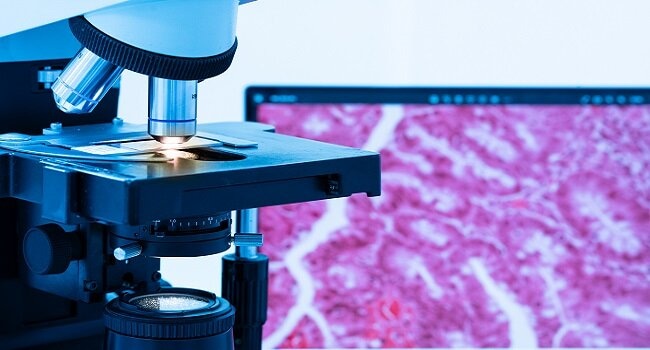Modern healthcare relies greatly on technological advancements to improve diagnostic and treatment capabilities. One that stands out is optical technology – it has transformed how healthcare is delivered, from revolutionizing imaging techniques to enabling precise interventions.
In this article, we’ll look at how modern optical technology helps shape modern healthcare. Let’s look at its role in diagnostics, treatment, and overall patient care.
The Advancement Of Microscopes And Optical Technology
Optical technology has come a long way from the simple lenses and mirrors of the past. Today, it includes all sorts of excellent tools and techniques that use light to gather info and peek into the complicated but fantastic world of biology.
Enter microscopes – the rockstars of healthcare. Modern microscopes are changing the game in diagnostics, research, and medical breakthroughs. Scientists uncover tiny details that help us understand diseases better with these instruments.
Many medical breakthroughs, like finding new drugs and understanding diseases, all began with microscopic observations. Microscopes also play a key role in teaching future doctors about the human body’s complexities at the tiny cellular and subcellular levels.
As new technology emerges every day, modern microscopes keep getting more advanced, offering better imaging capabilities that help doctors do their thing – better diagnostics, more innovative treatments, and a deeper understanding of how our bodies work.
How Optical Technology Drives Modern Healthcare
In the ongoing tech revolution in healthcare, optical technology is one of those at the forefront of science and medical progress. Here’s how it gives healthcare a boost:
- Improved Precision In Diagnosis
One of the primary contributions of advanced optical technology to healthcare is its role in diagnostic precision. High-resolution imaging techniques, such as confocal microscopy and optical coherence tomography, make this possible. These techniques provide healthcare professionals with detailed views of tissues and cells. These also help detect abnormalities early and assist in diagnosing conditions ranging from cancers to neurological disorders.
The point source microscope, for example, is a tool that offers high magnification and resolution. With the help of a focused point source of light, this microscope allows for detailed examination at the cellular and even molecular levels. This level of precision is crucial for accurate and timely diagnosis, paving the way for prompt initiation of treatment plans.
- Better Surgical Precision
Optical technology has also revolutionized surgical procedures. Minimally invasive surgeries, such as laparoscopy and endoscopy, rely on advanced optical instruments to visualize and navigate inside the body with precision. Using fiber-optic imaging systems and high-definition cameras enhances the surgeon’s ability to perform intricate procedures through small incisions, reducing recovery times and minimizing patient discomfort.
Furthermore, advancements in laser technology have led the way for laser-assisted surgeries. Lasers can be precisely controlled to cut or coagulate tissues, making them helpful tools in eye surgeries and dermatological procedures.
Using optical technologies in surgery improves precision and expands the range of procedures that can be performed with reduced invasiveness.
- Enhanced Monitoring And Imaging In Real-Time
Real-time monitoring is a critical aspect of patient care, especially in high-stakes situations such as surgeries or intensive care settings. With advanced optical technology, continuous monitoring and imaging is possible, providing healthcare professionals with immediate feedback on a patient’s condition.
In daily patient care, portable optical devices allow rapid analysis of biological samples, which helps in quick decision-making at the bedside. These come in handy for resource-limited situations where access to centralized laboratories is challenging.
In vivo imaging, made possible by advanced optical techniques, provides real-time insights into physiological processes. Fluorescence imaging, for instance, allows researchers and clinicians to track specific molecules or cells within living organisms. This capability is important for studying disease progression, evaluating treatment efficacy, and developing personalized therapeutic strategies.
Challenges And Future Prospects
While advanced optical technology has undeniably transformed healthcare, not everything is a walk in the park. The high cost of some cutting-edge optical instruments may limit accessibility, especially for healthcare institutions in developing regions. However, ongoing research aims to help address limitations and studies on how to make things more accessible.
Looking ahead, mixing artificial intelligence (AI) with optical tech sounds promising. Imagine AI helping doctors analyze images better, catching tricky patterns our eyes might miss. It’s like the future of smart diagnostics and custom treatment plans.
Final Thoughts
Advanced optical technology has become a cornerstone of modern healthcare, influencing diagnostics, surgical interventions, and real-time monitoring. The point source microscope, among other optical instruments, exemplifies the precision and depth of insight that can be achieved at the microscopic level.

As technology keeps rolling, the teamwork between optical tech and other cool innovations promises to change the healthcare game – making it more effective and personalized for everyone.























